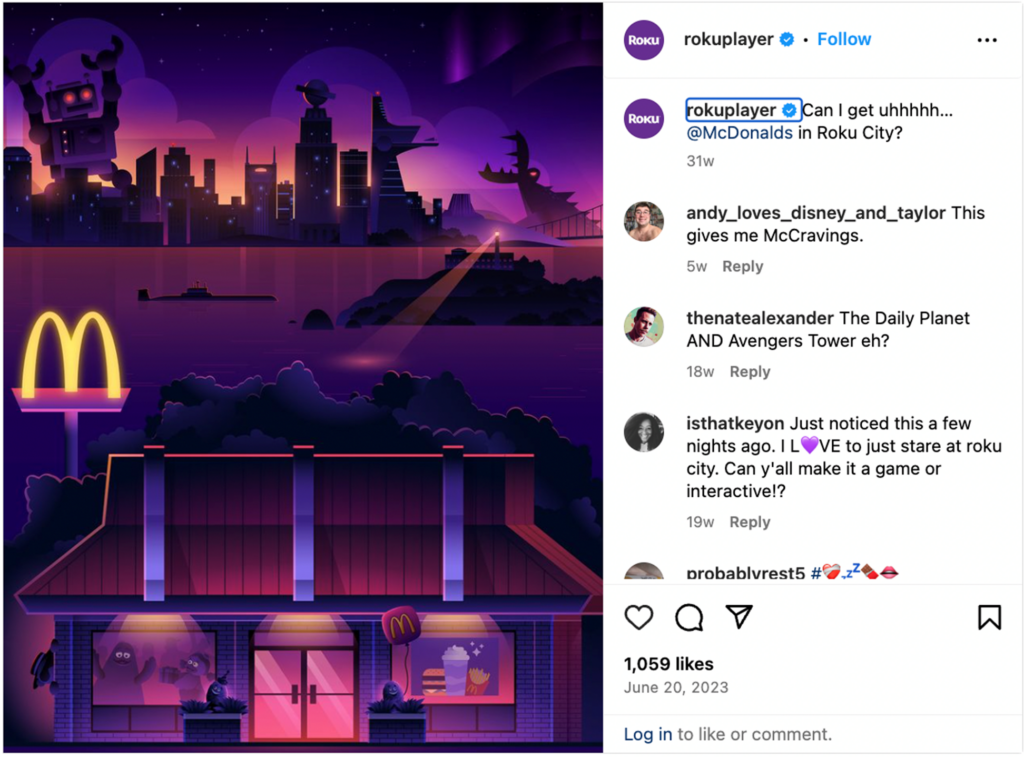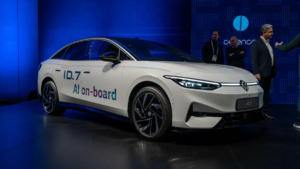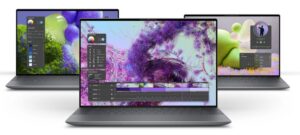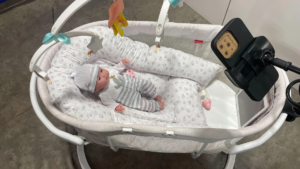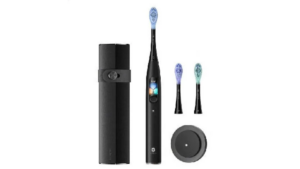If you had asked tech gurus ten years ago where AI would have the most significant impact, creativity would not have been at the top of the list — if it even garnered a mention at all. But 2023 changed the game with the explosive advent of generative AI platforms like Chat GPT and Midjourney, which have completely disrupted the creative landscape. And with this tsunami of change comes a host of hard-to-answer questions about the future of creative work.
Ad agencies, Hollywood, and more are grappling with existential questions about the origins of creativity and what that means for the humans whose ideas serve as the very foundation of generative AI technology. It’s clear that AI is here to stay — and major marketers are figuring out how to capitalize on it — with agencies increasingly seeing their role as mediators between this new technology and brands.
The ad agency landscape is primarily led by six agency holding groups: WPP, Omnicom, IPG, Havas, Dentsu, and Publicis, each of which owns hundreds of agencies.
Until very recently, the ad industry had been less impacted by technological progress that has impacted other industries like print media, music, travel, retail checkout assistants, and more. Now, there is a growing tension between the allure of cost savings that AI could bring and what its implementation means for creatives. To find the right way forward, many agencies have formed cross-departmental AI task forces to uncover the opportunities and limitations of the technology.
Some agency holding groups have taken a more strategic approach to using generative AI internally and with clients, setting safeguards as internal groups assemble to work on their due diligence with this burgeoning technology.
How Key Agency Holding Companies are Managing AI
Here’s how some agency holding companies are futureproofing themselves as AI becomes increasingly ubiquitous.
WPP just announced on January 2024 that they are investing $317 million in AI this year while assuring employees and shareholders that they won’t forget about the company’s roots in creativity, said CEO Mark Read.
________
Omnicom CEO John Wren said the company’s outlook on AI’s potential is evolving. “We’ll be embracing it as quickly as we possibly can,” Wren said, adding that it would help employees and benefit clients.” In November 2023, the organization announced a groundbreaking collaboration with Getty Images that gives its agencies early access to Generative AI by Getty Images, a generative AI tool that’s trained only on Getty’s licensed photo library, ensuring a commercially safe and legally protected creative sandbox.
Also of note, Omnicom is the first advertising holding company to join Adobe’s Content Authenticity Initiative (CAI), comprised of a group of media and tech companies, NGOs, academics, and others, which seeks to increase trust and transparency in digital content by the general public.
________
Havas has been implementing AI in its creative agencies to make teams more efficient and effective. The company has taken a business-first approach to integrating the new technology into its agency subsidiaries. As digital advertisers say goodbye to cookies, Havas has unveiled an AI-enabled media planning methodology that optimizes buys as the cookie-less future becomes the cookie-less today.
With respect to creative, copywriters can breathe easy, according to Havas Media Group. The group has made public its intent to use AI to optimize creative, not replace its creatives.
________
Publicis is placing AI at the very core of its business. The last six years have seen Publicis evolve from a holding company to a platform — and now, they’re using AI to become the industry’s first intelligent system. Publicis is now positioned to harness the power of AI by connecting every data point, across business units and geographies, to put the data in the hands of all its people. In a January 2024 press release, they shared that “everyone within Publicis will become a data analyst, an engineer, an intelligence partner, with all the information they need at their fingertips to supercharge client growth.”
__________________________________
Bottomline
The AI landscape will be a bit of a Wild West for some time still, especially while the technology continues to evolve at breakneck speed. Some advertising business leaders see generative AI as an accelerant for the industry, seeking to leverage the tech to enhance work and provide increased strategic value. Yet, others are more sanguine in their approach, preferring to wade in more slowly as they assess the boundaries of what’s possible — uncovering ways to use AI tech as an enabler instead of a total solution.
Looking for guidance on how to leverage AI for your company? Creative Circle offers a full suite of creative services focused on solving business challenges leveraging this new technology. Once upon a time, the rise of the internet struck fear into the hearts of many, but here we are today, creating great work that matters — it just might look a bit different than our pre-WiFi days.

